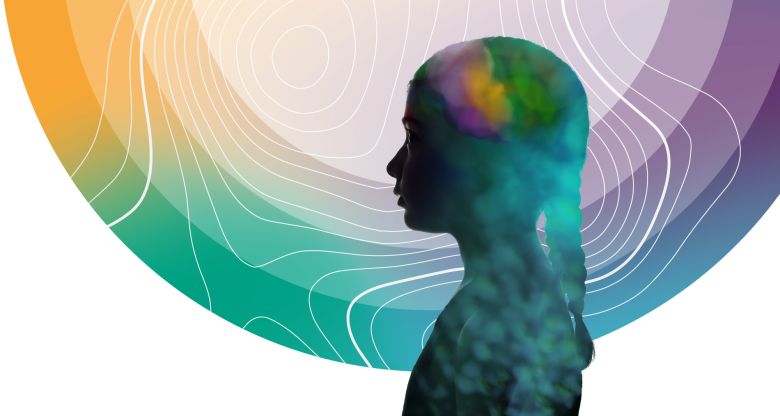Getting Value from Science Anticipation
Essay from the Advisory Board on the Science Breakthrough Radar
Sir Peter David Gluckman, Chair of the Advisory Group of the International Network of Government Science Advice (INGSA) and president-elect of the International Science Council (ISC)
Prof. Michael O. Hengartner, President of the ETH-Board
Prof. Michel Mayor, Prof. Emeritus at University of Geneva and 2019 Physics Nobel Prize Co-Laureate. Representative of the Fondation pour Genève
Prof. Marie-Laure Salles, Director of the Graduate Institute of International and Development Studies
In our history as a species every component of a new technology has been considered to have both positive and negative consequences. With the rapid pace of change now occurring, and its pervasive impacts, more engaged dialogue with these developments is important. Such dialogues with all sectors of all societies must be nurtured in order to create a common language that allows the best use of science anticipation for a positive shared future.
The GESDA Science Breakthrough Radar therefore welcomes further dialogue and broader engagements with the communities, and aims to be an honest broker between disciplines, communities, regions and world views.
The International Science Council, as a global body composed of over 140 national and regional scientific organisations, will be a key partner in facilitating this engagement. We call on each interested scientist, policy maker and citizen, from the public and the private sector, to contribute — in particular, to expand the contributions of formal, natural and social sciences.
Of course, as important as the anticipation of the possible science breakthroughs is, the anticipation of the possible societal, political and "diplomatic" implications also matters. This requires a thorough assessment of the potential opportunities and threats of the anticipated breakthroughs as well as the corresponding appropriate diplomatic and policy toolbox to address them.
As described in the accompanying pieces, this involves moving from a traditional multilateralism towards a “polylateralism” that integrates and networks a broader set of actors. Such a move necessitates the creation of space for common dialogue that does not shortcut the political system and the citizen. Social sciences, the humanities and the arts (and other knowledge systems) are a critical part of this process. Not only do they help us understand how science and technology are embedded in society and the relation between scientific and social progress, they also are disciplines in their own right, on equal footing with the more technical sciences, where anticipation is needed as well.
Building on the work done in the development of the first edition of the Science Breakthrough Radar, this component is being fully fleshed out in the development of the subsequent editions. Institutions such as The Graduate Institute of International and Development Studies in Geneva and the International Network of Government Science Advice (INGSA) are key to working towards the systemic inclusion of political, societal and diplomatic considerations in all editions of the Radar.
To get the most value possible from science anticipation, and to capitalise on the anticipation potential mapped out in the radar, we must ensure that it:
- Involves a continuous, dynamic observation of science and technology trends in the coming 25 years, including a broadening of the emerging topics considered and a questioning about which breakthroughs may have the most critical impacts that need consideration
- Considers and, to the extent possible, anticipates the interrelation of specific science and technology breakthroughs with the broader societal and political contexts.
- Establishes a constant and interactive dialogue with society in order to create the common language and, jointly with all relevant actors, design solutions that will benefit human and environmental wellbeing globally.
The GESDA Science Breakthrough Radar is only a first step towards ensuring that the opportunities and existential risks from potential science and technology advances at 5, 10 and 25 years are taken into account, and seriously discussed and debated. This is a pre-condition to avoid mistakes of the past, accelerate the responses to some of humanity’s most pressing challenges, and increase the preparedness for future emerging issues.



